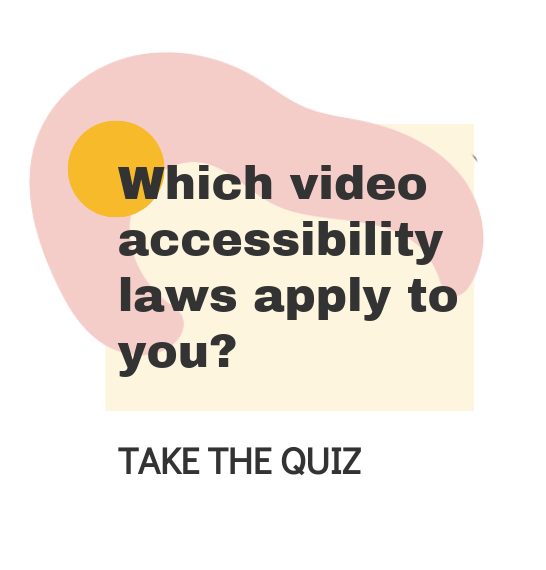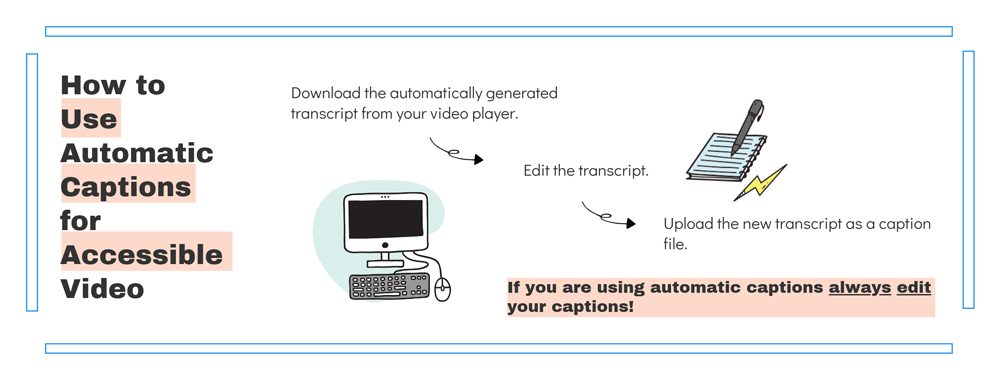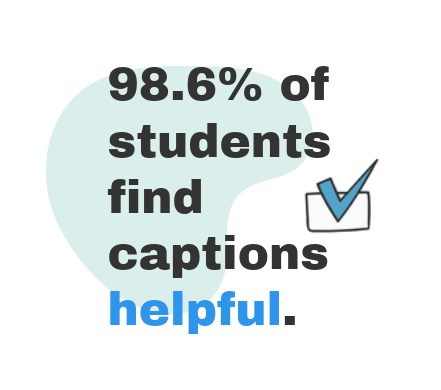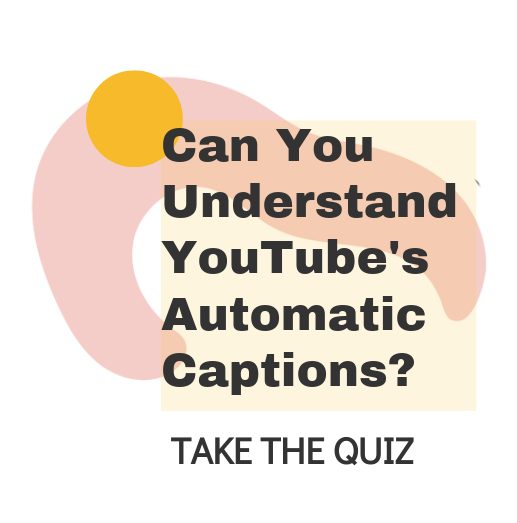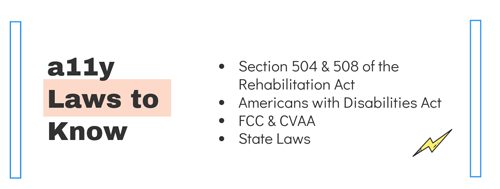What You Should Know About Automatic Captions on Video Players
Updated: June 14, 2019
The use of automatic captions is on the rise, but is the convenience of them detrimental to your organization?
Most video platforms and LMS systems now offer automatic captions to users as a shortcut to making their videos “accessible.”
Sure, automatic captions are fast, cheap, and often even free, but they are also inaccurate, inaccessible, and distracting.
If you are relying on your video player’s automatic captions, it may be time to reevaluate how you are using them and the possible risks it puts your organization in.
Automatic Captions: A Shortcut to Accessibility?
When it comes to video accessibility, caption accuracy does matter, especially with educational content.
Both MIT and Harvard were sued for using auto-generated captions – YouTube’s automatic captions to be precise.
In the last couple of years, more video platforms and LMS systems have been giving users the ability to add auto-generated captions to their videos to accommodate deaf and hard of hearing viewers. And while it may be convenient solution, it isn’t accessible and could be causing more harm than good.
The Harvard and MIT lawsuit set a precedent for accuracy in captioning. The Department of Justice and judges involved in the case stated that organizations under the Americans with Disabilities Act need to provide “reasonable accommodations” for individuals with disabilities.
Errors in your captions and transcripts affect reading comprehension, branding, and the meaning of your content.
The Risk of Automatic Captions in Education
Accuracy matters in education. It matters for deaf and hard of hearing students who rely on captions to understand the material, and it also matters for non-deaf or hard of hearing students who use captions to study.
It’s no secret captions are beneficial for students. 98.6% of students find captions helpful; the majority use them as a learning aid.
Imagine if a doctor diagnosed a patient with dysphasia (loss of the ability to speak) instead of dysphagia (difficulty in swallowing) because his training videos had the name spelled wrong in the captions, it would be calamitous for both the patient and the doctor.
Of course, this example may exaggerate a bit, but it serves to demonstrate the effects of misinformation as a result of inaccurate captions.
Are Automatic Captions Really that Bad?
Most automatic captions are 60%-85% accurate.
To put that into perspective, compare the following sentences:
Translated by ASR:What key differences do you notice?
If you mentioned punctuation, inconsistencies, missing and incorrect words, then you are right. Errors such as these pollute all automatically generated captions and transcripts. That is why reviewing your captions before publishing your videos or hiring a professional captioning vendor is paramount for accurate captions.
The Law on Automatic Captions
Let’s be clear. No law actually states an accuracy rate that organizations need to meet, but there are standards set by the DCMP, FCC, and WCAG for captioning quality. Furthermore, captioning your content is increasingly becoming a legal mandate.
In 2018, Section 508 was refreshed to include WCAG 2.0 Level AA compliance – aka both captions and audio description are now required for online video.
The Americans with Disabilities Act is also being implemented to online accessibility. While the act doesn’t explicitly state that websites need to be accessible, there have been over 3,000 website lawsuits in the last three years citing a violation of the ADA. Furthermore, the DOJ has stated that they believe the ADA does apply to websites.
The CVAA, an extension of the FCC, requires organizations to caption any online content that previously appeared on television.
The FCC requires captions for broadcast content and has set standards requiring captions to be complete, accurate, synchronized, and placed where they don’t obstruct content in the video.
Then there is the DCMP, a set of guidelines for captioning best practices, which states that captions must be accurate, consistent, clear, readable, and equal.
Accessibility is the Priority
Just because there isn’t a law stating automatic captions aren’t accessible, doesn’t mean that you shouldn’t care or aren’t at risk of litigation – after all, it happened to Harvard and MIT.
The bottom line is that automatic captions are not accessible. They are often so incomprehensible that they are not an equal accommodation for deaf and hard of hearing individuals.
With the rapid growth of video, we need to be ensuring that this video accessibility is also growing alongside it. The best practice is to edit your automatic captions.
Don’t have time to edit your own captions? Let us take care of it. Click below to get started 👇




